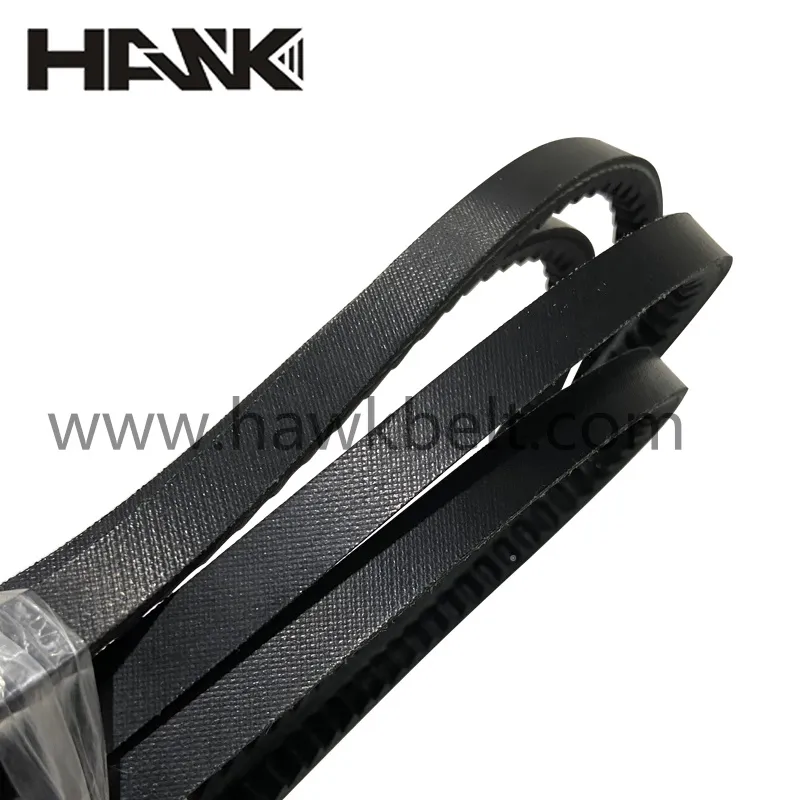- Arabic
- French
- Russian
- Spanish
- Portuguese
- Turkish
- Armenian
- English
- Albanian
- Amharic
- Azerbaijani
- Basque
- Belarusian
- Bengali
- Bosnian
- Bulgarian
- Catalan
- Cebuano
- Corsican
- Croatian
- Czech
- Danish
- Dutch
- Afrikaans
- Esperanto
- Estonian
- Finnish
- Frisian
- Galician
- Georgian
- German
- Greek
- Gujarati
- Haitian Creole
- hausa
- hawaiian
- Hebrew
- Hindi
- Miao
- Hungarian
- Icelandic
- igbo
- Indonesian
- irish
- Italian
- Japanese
- Javanese
- Kannada
- kazakh
- Khmer
- Rwandese
- Korean
- Kurdish
- Kyrgyz
- Lao
- Latin
- Latvian
- Lithuanian
- Luxembourgish
- Macedonian
- Malgashi
- Malay
- Malayalam
- Maltese
- Maori
- Marathi
- Mongolian
- Myanmar
- Nepali
- Norwegian
- Norwegian
- Occitan
- Pashto
- Persian
- Polish
- Punjabi
- Romanian
- Samoan
- Scottish Gaelic
- Serbian
- Sesotho
- Shona
- Sindhi
- Sinhala
- Slovak
- Slovenian
- Somali
- Sundanese
- Swahili
- Swedish
- Tagalog
- Tajik
- Tamil
- Tatar
- Telugu
- Thai
- Turkmen
- Ukrainian
- Urdu
- Uighur
- Uzbek
- Vietnamese
- Welsh
- Bantu
- Yiddish
- Yoruba
- Zulu
Avq . 06, 2024 14:11 Back to list
Understanding the Functionality and Importance of Timing Belt Systems in Machinery Operation
Understanding Timing Belt Operation
A timing belt is a critical component in the functioning of an internal combustion engine, playing a vital role in ensuring that the engine operates smoothly and efficiently. It is a rubberized belt with teeth that synchronize the rotation of the crankshaft and camshaft(s), which in turn allows for proper timing of the engine’s valve movements in relation to the position of the pistons. In this article, we will explore the operation of timing belts, their importance, signs of wear, and maintenance practices to ensure optimal performance.
The Role of the Timing Belt
At the core of every internal combustion engine is a complex interplay of mechanical components, where the timing belt is fundamental. As the engine runs, the crankshaft turns, driving the timing belt which, in turn, rotates the camshaft(s). This action controls when the engine's valves open and close, allowing air-fuel mixture intake and exhaust gas expulsion at the right times. If the timing between these components is off, it can lead to poor engine performance, increased emissions, and potential engine damage.
Timing belts typically have a specified lifespan, usually ranging from 60,000 to 100,000 miles, depending on the manufacturer’s recommendations and driving conditions. Regular checks and timely replacements are crucial, as a failing timing belt can result in catastrophic engine failure. In interference engines, where the clearance between the valves and pistons is tight, a broken timing belt can cause the pistons and valves to collide, leading to serious internal damage.
Signs of Wear and Tear
Engineers have designed timing belts with specific durability in mind; however, environmental factors such as heat, dirt, oil exposure, and general wear can lead to deterioration over time. Some common signs of a worn or failing timing belt include
timing belt operation

1. Squeaking or High-Pitched Noises Unusual noises coming from the engine, especially when starting, can indicate a loose or worn belt. 2. Visual Wear Rigid or cracked surfaces, fraying edges, or missing teeth on the belt should prompt immediate inspection. 3. Engine Misfires or Poor Performance A misaligned or damaged timing belt may prevent proper synchronization between the crankshaft and camshaft, resulting in reduced engine efficiency. 4. Oil Leaks Oil can degrade the rubber material of the belt, leading to premature failure. An oil leak from the front of the engine near the timing cover is problematic.
Maintenance Practices
To ensure the longevity of the timing belt, good maintenance practices are recommended. Regular inspections of the belt should be part of the routine maintenance schedule, particularly during oil changes or automotive service checks. It is important to replace the timing belt according to the manufacturer’s service intervals, even if no signs of wear are present, as preventive replacement can save on more costly repairs down the road.
Additionally, checking the alignment and condition of other components in the timing system - such as pulleys and tensioners - is crucial. A faulty tensioner may not keep the belt in proper tension, leading to slippage or premature wear.
Conclusion
Understanding the operation of the timing belt and its role in the engine is essential for maintaining optimal vehicle performance. Regular checks, knowledge of wear signs, and adherence to replacement schedules can prevent potentially catastrophic engine issues and ensure your vehicle runs smoothly for years to come. By taking care of the timing belt, vehicle owners can enjoy peace of mind and reliable performance in their engines.
-
Korean Auto Parts Timing Belt 24312-37500 For Hyundai/Kia
NewsMar.07,2025
-
7PK2300 90916-T2024 RIBBED BELT POLY V BELT PK BELT
NewsMar.07,2025
-
Chinese Auto Belt Factory 310-2M-22 For BMW/Mercedes-Benz
NewsMar.07,2025
-
Chinese Auto Belt Factory 310-2M-22 For BMW/Mercedes-Benz
NewsMar.07,2025
-
90916-02660 PK Belt 6PK1680 For Toyota
NewsMar.07,2025
-
drive belt serpentine belt
NewsMar.07,2025

